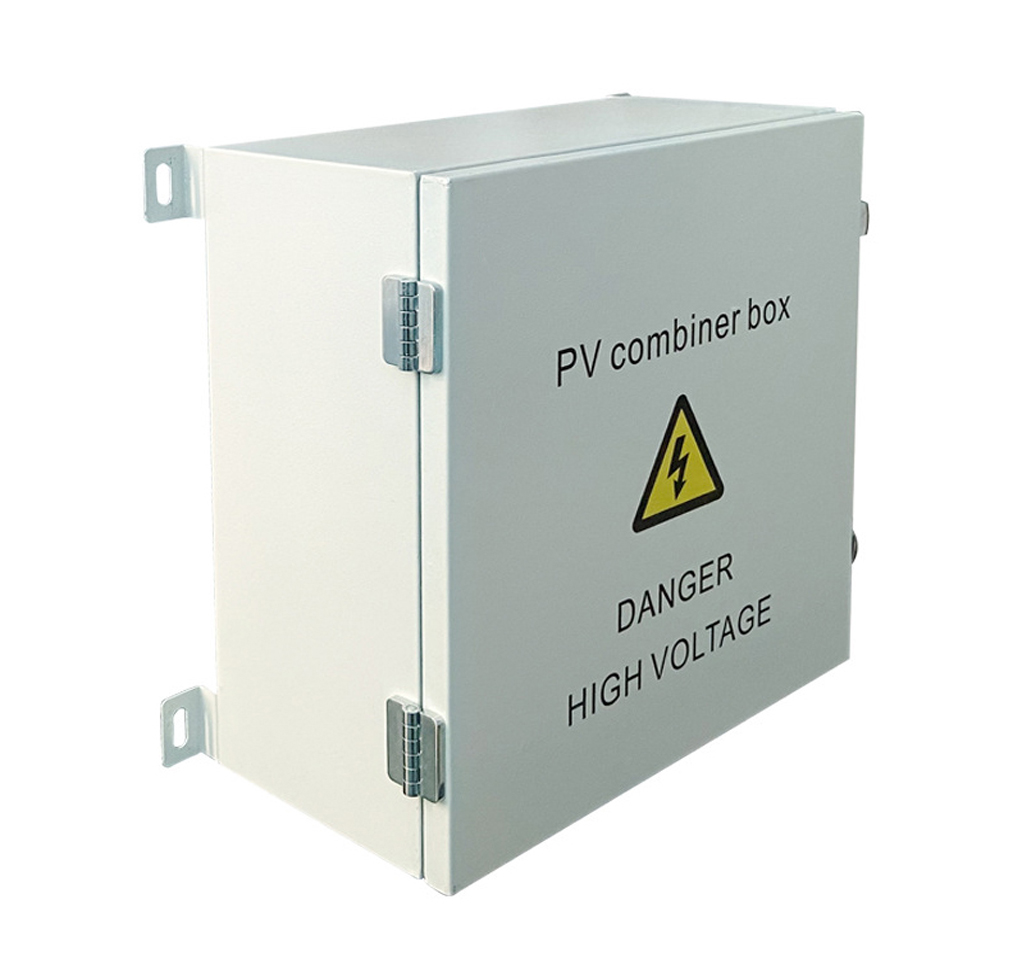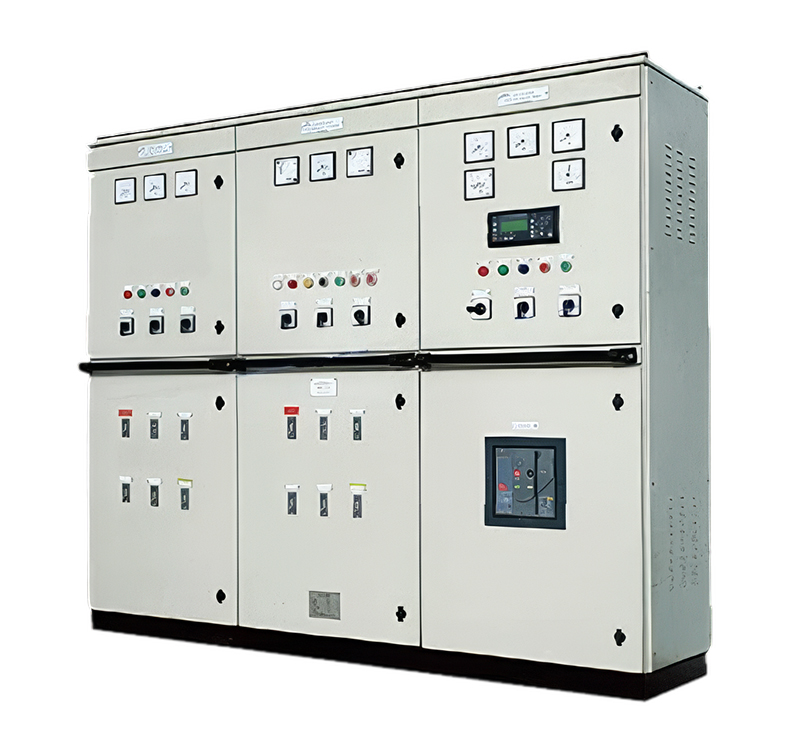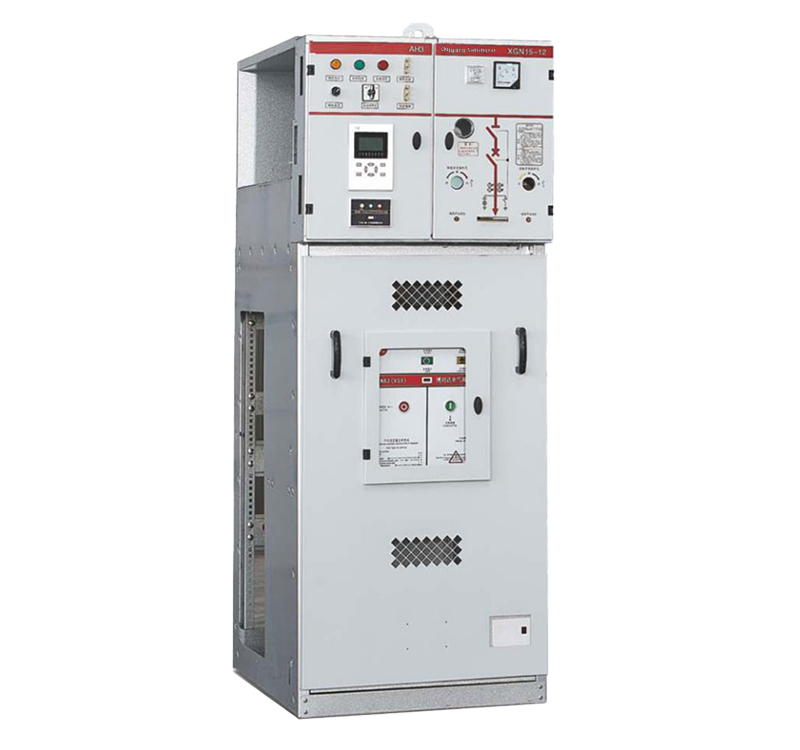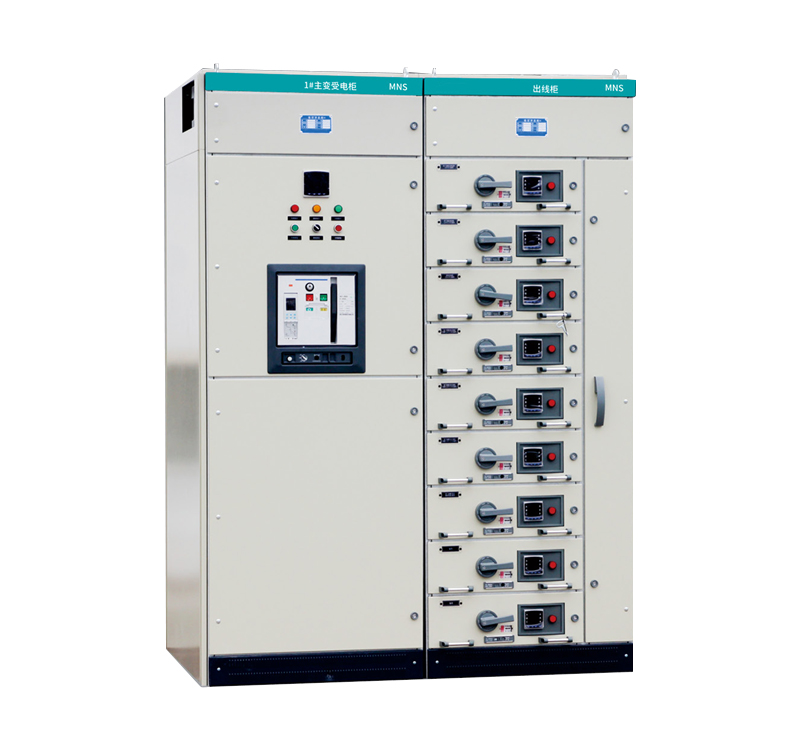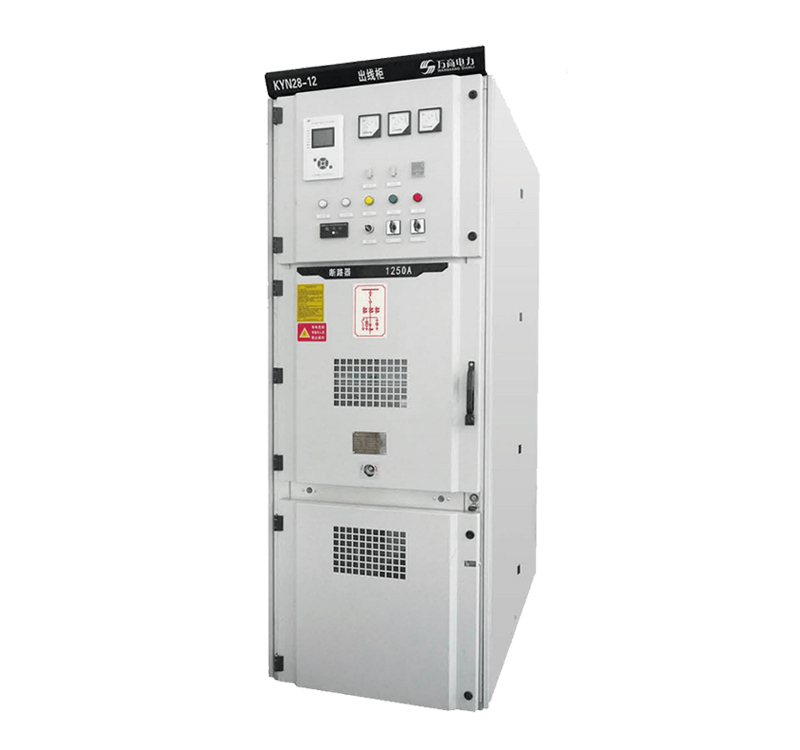
ey Opportunities
1.Urgent Power Infrastructure Demand
India faces significant power shortages. Government plans to add generation capacity (especially renewables) and upgrade grids drive demand for smart switchgear.
ISolar/wind farms, data centers, and urbanization create incremental markets.
2.Collaboration Window under “Make in India”
IIndia lacks advanced technology. Chinese companies can provide technical cooperation, supply core components, or establish joint ventures to comply with localization policies.
3.China’s Competitive Advantages
ICost efficiency, full product coverage (HV/smart systems), rapid delivery, and extensive project experience.
Major Challenges
1.Fierce Market Competition
IDominance by local giants (L&T, Siemens, etc.); price wars with SMEs; competition from Japanese/Korean firms.
2.High Policy Barriers
IImport tariffs (20%-25%); complex mandatory BIS certification; government tenders prioritize “locally made” products.
3.Localization Difficulties
ILand acquisition, labor laws, supply chain bottlenecks for factories; high costs to build service networks; payment delays.
4.Geopolitical Risks
ISino-Indian tensions amplify “security concerns” in critical infrastructure, eroding procurement trust.
Critical Strategies
1.Deep Localization
IPartner with local firms via JVs or phase-wise factory setups (assembly → full localization).
2.Focus on Niche Markets
ITarget premium smart products, renewable energy projects, and core component supply.
3.Compliance First
IEnsure full adherence to BIS certification and Indian technical standards.
4.Strengthen Risk Control
IEnforce credit management and dynamically address geopolitical sensitivities.
IConclusion: India is a high-potential yet high-risk battleground. Chinese firms must prioritize localization (via partnerships or direct investment) and target specialized segments to capture growth in India’s power sector.

